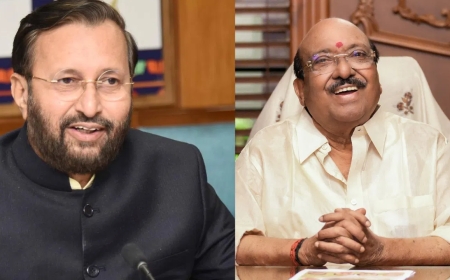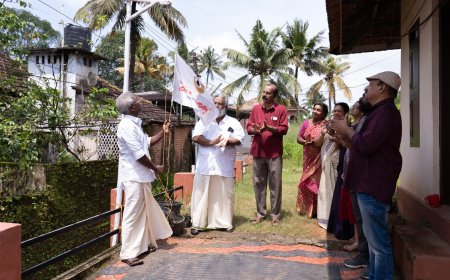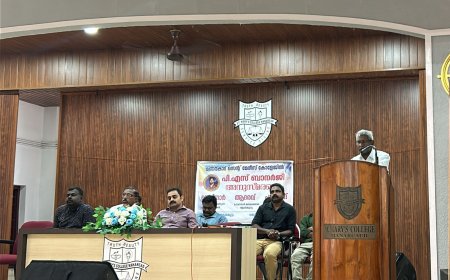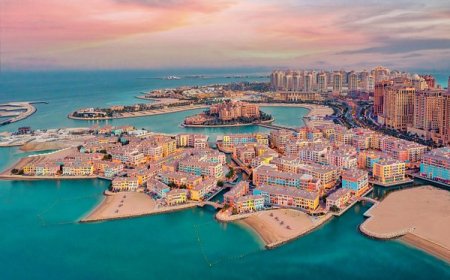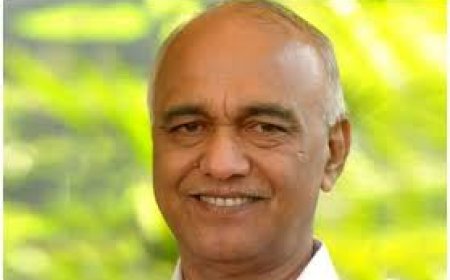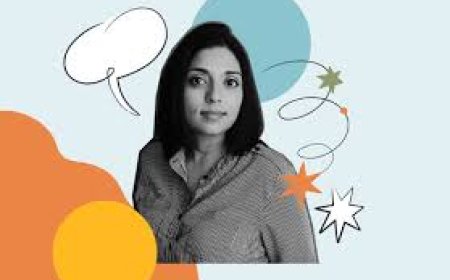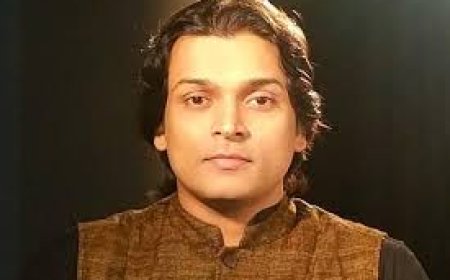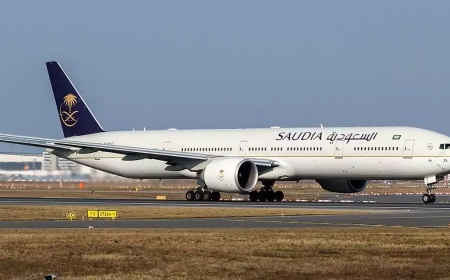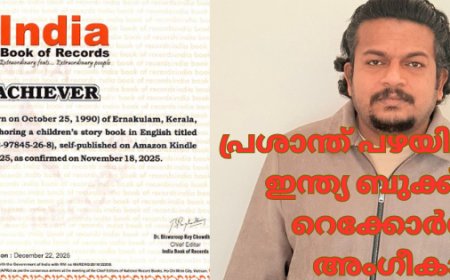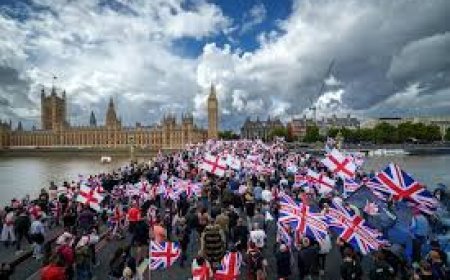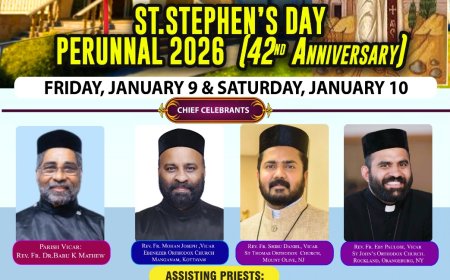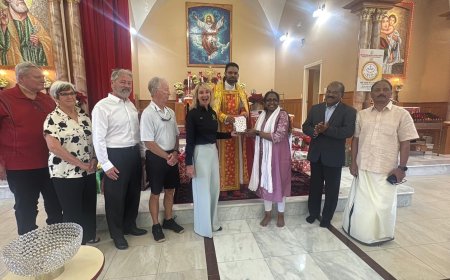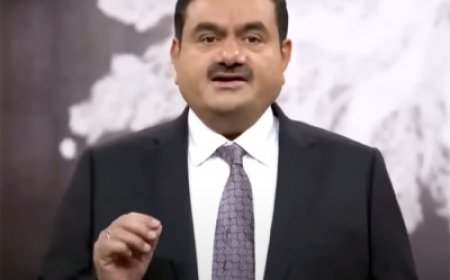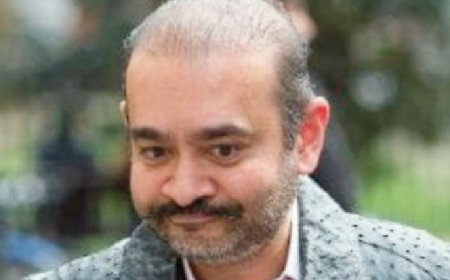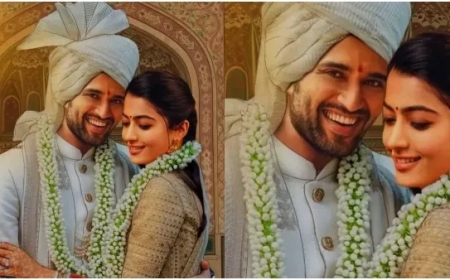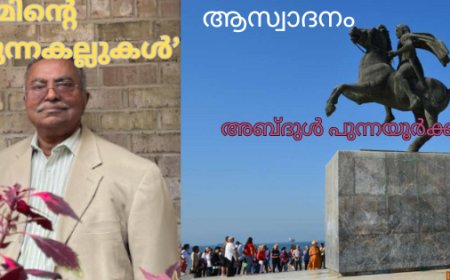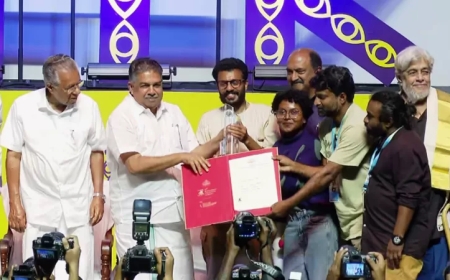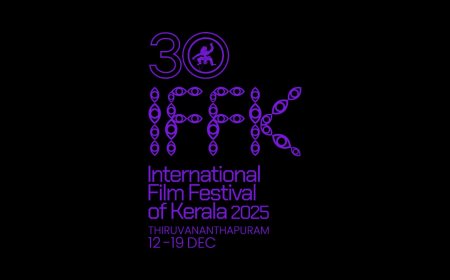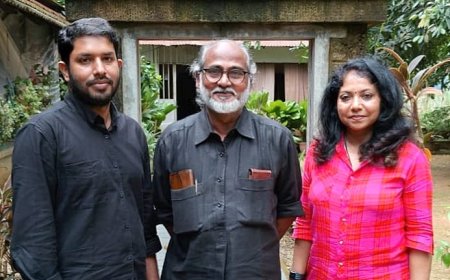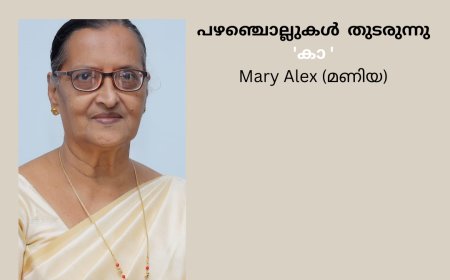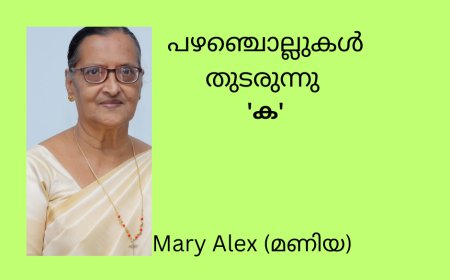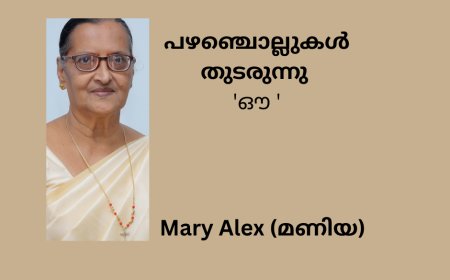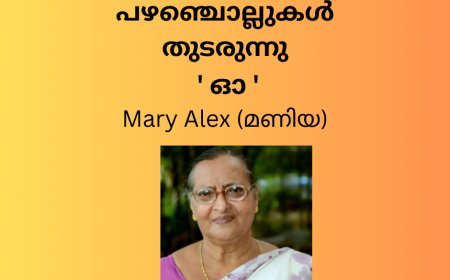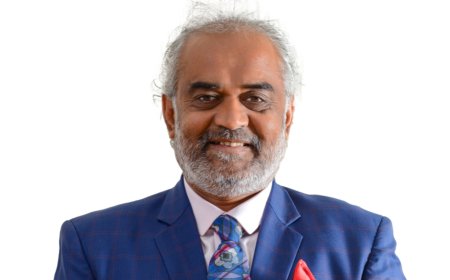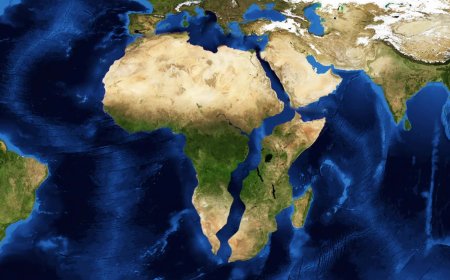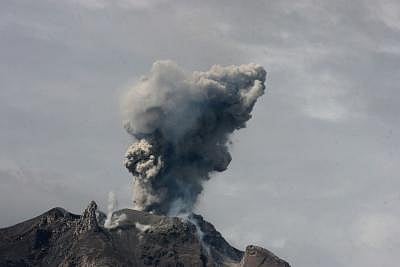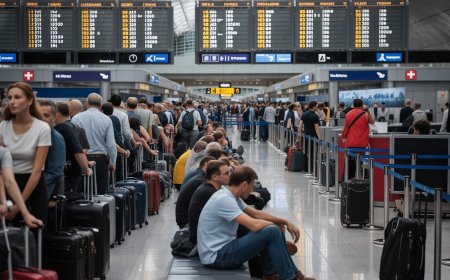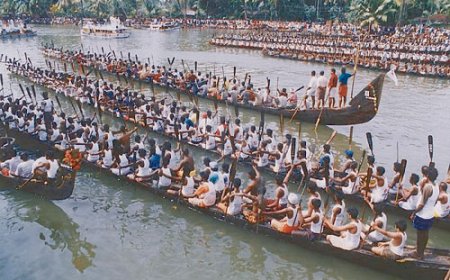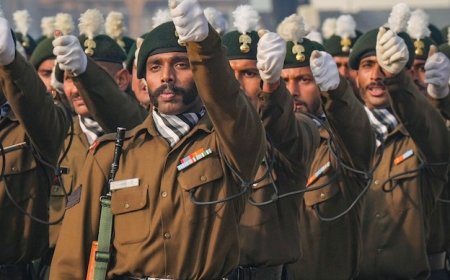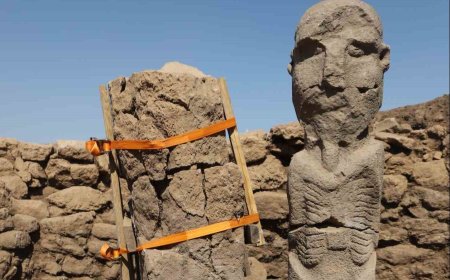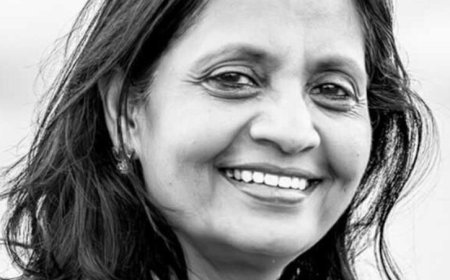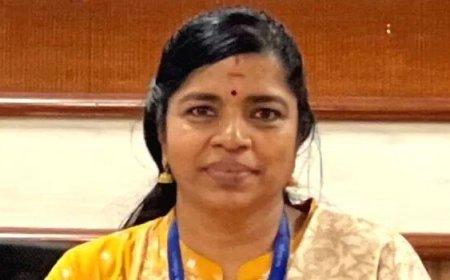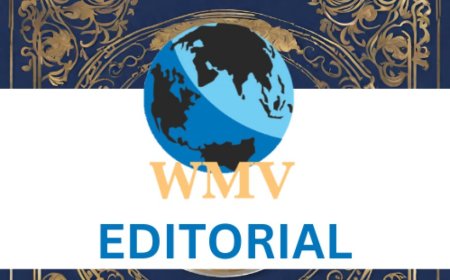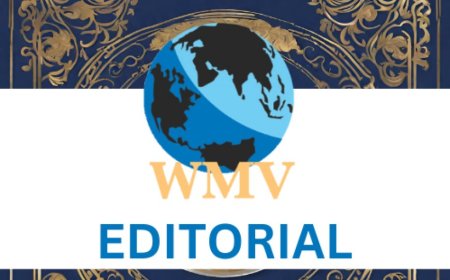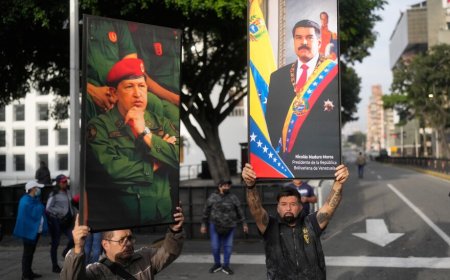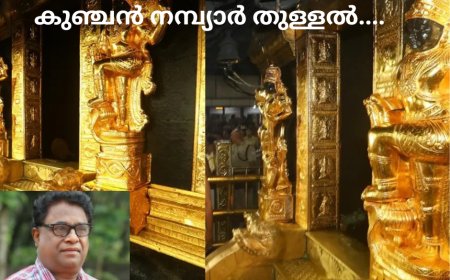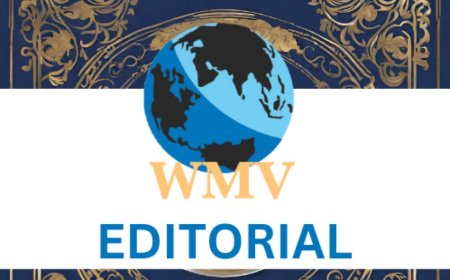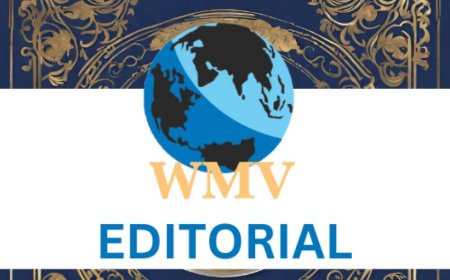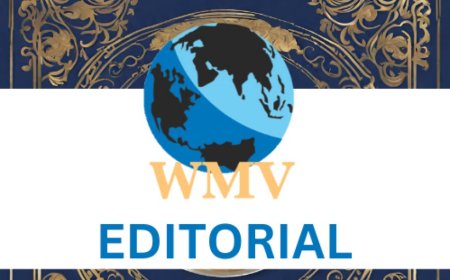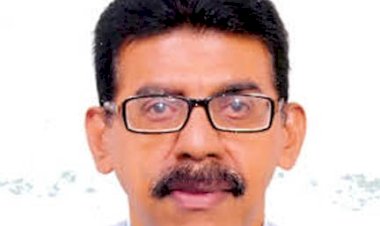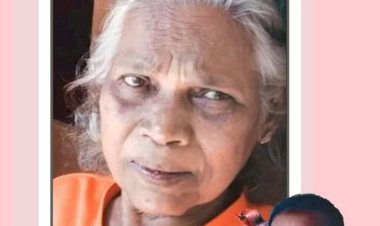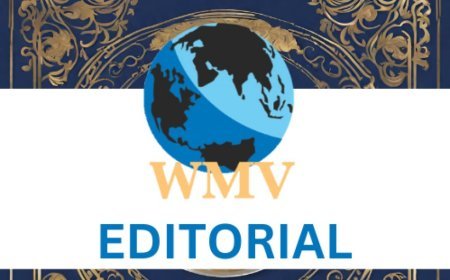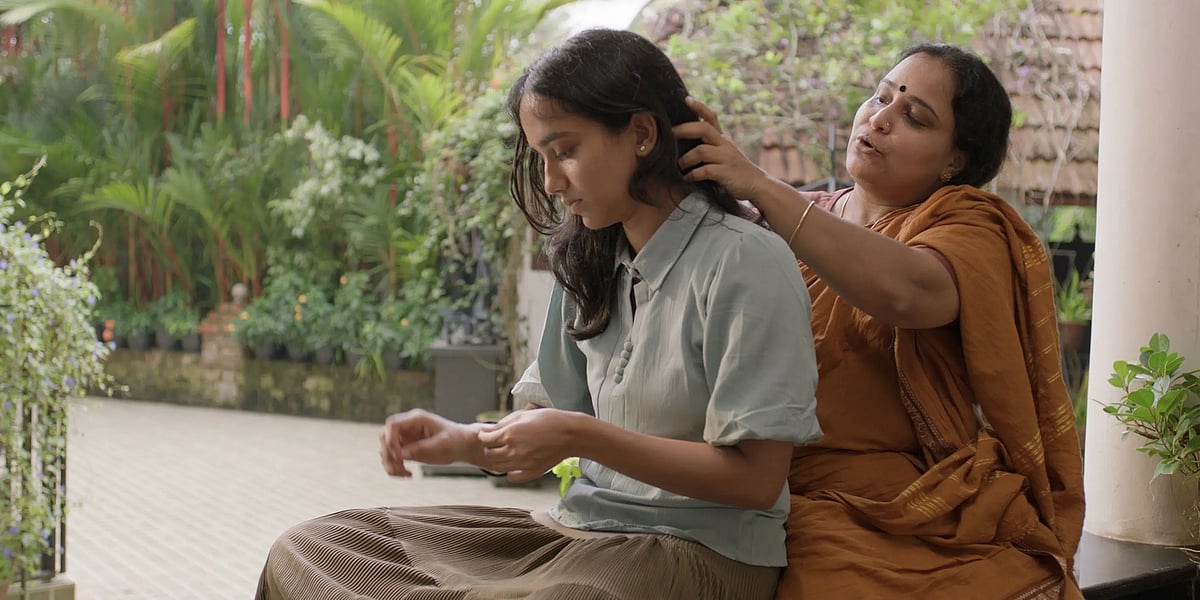Secular democracy – USA and India
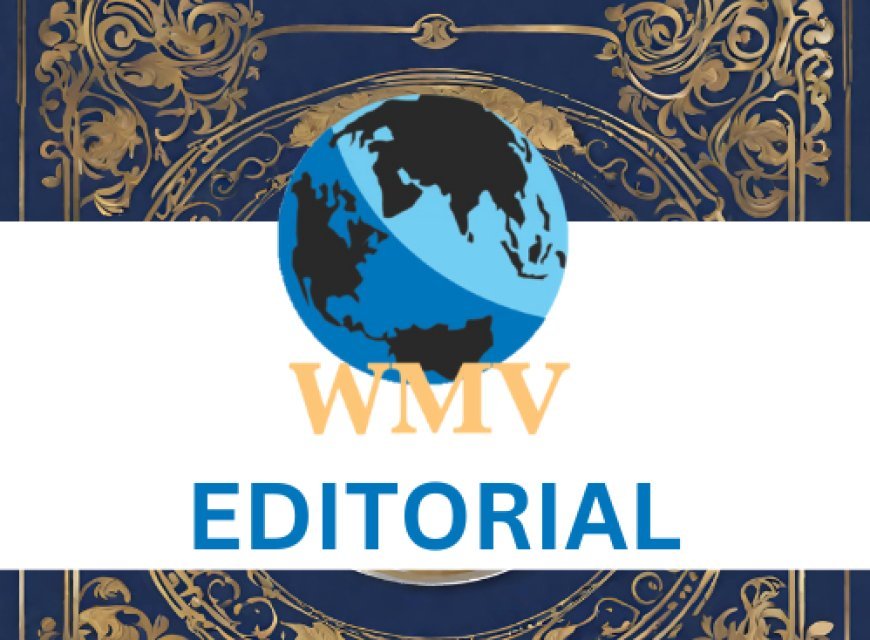
ALMOST all democratic governments in the world call themselves secular states. What does it mean - neutral in matters of religion, not supporting a religion or non-religious, treating all citizens equally regardless of which religion they follow and avoiding preferential treatment of citizens based on their religious beliefs and affiliation.
The secular democratic government does not support any religion does not mean that its citizens cannot follow religion, it is their freedom to follow a particular religion or no religion. Some secular states may follow some religious preferences based on the traditions of the country.
The first secular democracy where church and state are separated in its constitution is the United States of America. Democracy is the system of government by the whole population or all eligible voting members of the State through elected representatives. Power is vested in the people of the general population. According to the United Nations, democracy provides an environment that respects human rights and individual freedom of expression in which the freely expressed will of the people is exercised.
A secular State is an idea pertaining to secularity. This means the State is or purports to be officially neutral in matters of religion, the dogma of a religious agenda is removed from the system and it gives political freedom to the people to make their voice heard.
The United States and India are the two biggest democracies in the world that uphold secularism. The State of Israel is not a secular democracy, it is a Jewish State, the only one in the world. Saudi Arabia, Oman, United Arab Emirates, Qatar, Brunei, Afghanistan and the Vatican (where the head of state is the Pope) do not claim to be democratic and not secular.
According to the 2020 Democracy Index, only 23 countries are full democracies, 52 are flowed democracies, 35 are hybrid regimes and 57 are authoritarian regimes.
The 10 most democratic nations in the world are Norway, Finland, Sweden, Iceland, New Zealand, Ireland, Canada, Denmark, Australia and Switzerland. All happened to be white majority countries. Europe is the cradle of democracy. How come the USA and India, the greatest democracies, are not listed as the most democratic nations? Obviously, they see flaws in the system in the USA and India
What are the flaws of US Democracy? United States of America’s Declaration of Independence was on July 4, 1776. The 15th amendment passed in 1870 only provided voting rights to everybody, people of all religions and color. However, the voting rights for women were passed only on August 18, 1920.
Even though black Americans were supposed to have voting rights, they could not register to vote in most places. They were denied the right. By 1960, only 21 per cent of black voters were registered. The 1964 Civil Rights originally proposed by President Kennedy in 1963 gave full rights to people of color. Discrimination of people of color still exists in the USA. Now you know why the USA was not on the list of most democratic nations.
What about India? India has a short history. When India became independent on August 15, 1947, most of the population was poor, the Caste system was in existence and feudalism was the social norm, especially in the agricultural field.
India became a Republic on January 26, 1950, after which full-fledged elections to the Parliament and State Legislative bodies were conducted.
Who were the candidates in this first election? Only the rich and powerful people in India. Ordinary poor illiterate people had no big participation initially in the Indian democratic process. First Prime Minister Jawaharlal Nehru and the Congress Party declared the Indian system of government Democratic Socialism.
The very high poverty rate made it difficult to change the system especially when it was controlled by feudal kings and rich politicians. This might have resulted in the Communist victory in Kerala in 1957 and later the evolution of state and regional political parties.
Let us first analyse the USA about being a secular democracy. In the beginning, most of the citizens were descendants of white Christian immigrants. Therefore, it was considered a Christian country even though it was a secular democracy with freedom of speech and freedom of religion.
The native Americans had no power or participation in the government. Many of the government systems were based on Christian principles and practices. Most of the immigrants during the first 150 to 175 years were white Christians from Europe. After the Second World War, immigrants from all countries and followers of all religions started migrating to the USA.
Now there are people from all countries and followers of all religions in the world and various religious sects in the USA. Because the USA is a secular democracy, everybody has the freedom of expression. USA has actually transformed from being a Christian country to a secular country now.
What about India? When India became independent in 1947, about 500 kingdoms joined India and the British divided India to create Pakistan a Muslim country. Free India had people following all religions, a big majority of them Hindus, about 15 per cent Muslims, 3 per cent Sikhs, 3 per cent Christians (mostly in Kerala), Buddhists and others.
India upheld its secular policies even though Hindus were the majority and all its policies were secular and progressive, good for a secular democratic socialist country. India is changing now. The central government indirectly favours people of the majority religion while maintaining religious freedom.
Let us urge the Indian government to uphold its secular and socialistic principles.



